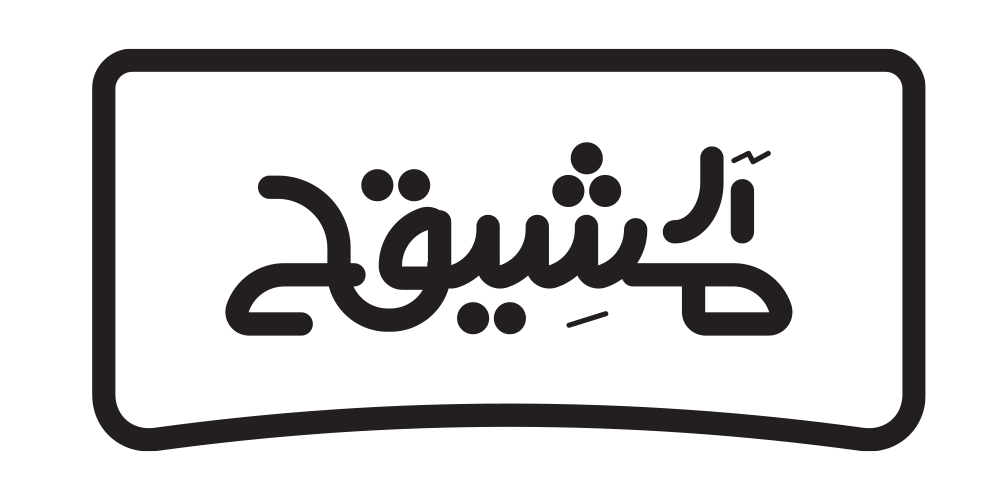Working with documents requires collaboration and making the necessary information resources to accomplish work. This is especially relevant when working on projects that require a lot of moving parts like creating software. Documentation can help everyone remain on the same page, and it eliminates wasted time from trying to decipher instructions or steps to follow that someone else has already documented.
In general, the majority of documents, particularly those that are created in professional or organizational settings, follow certain guidelines and conventions during their creation. This results in an easier and more consistent documentation workflow and ecosystem. Documents are categorized as semistructured or unstructured. For example, a handwritten letter or note or a tabular or list-based format. In general, though documents typically contain a mix of text and other non-textual elements such as images, tables, and graphs.
Good document collaboration typically involves splitting teams into groups that have varying permissions and access to documents so that each group can focus on their own work without dataescape.com/data-security-issues-and-virtual-board-room-for-directors worrying about accidentally modifying or overwriting others’ work. Version control is also important to ensure that older versions of documents. Additionally, it includes the ability to allow both the synchronous and asynchronous communications within the document. By making guidelines of this kind it gives your team members the best chance to be successful in using your company’s documents.


